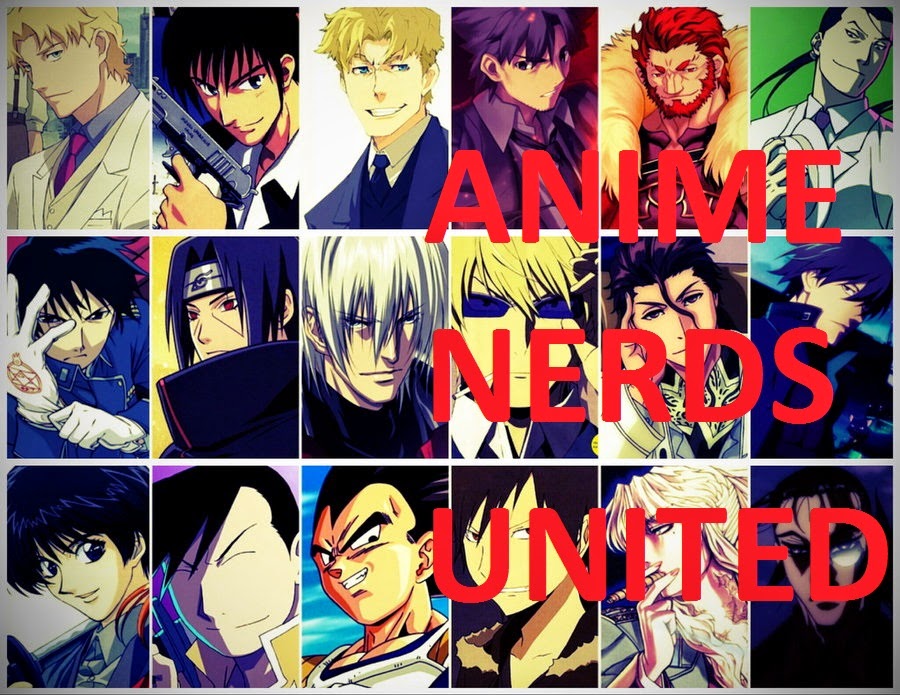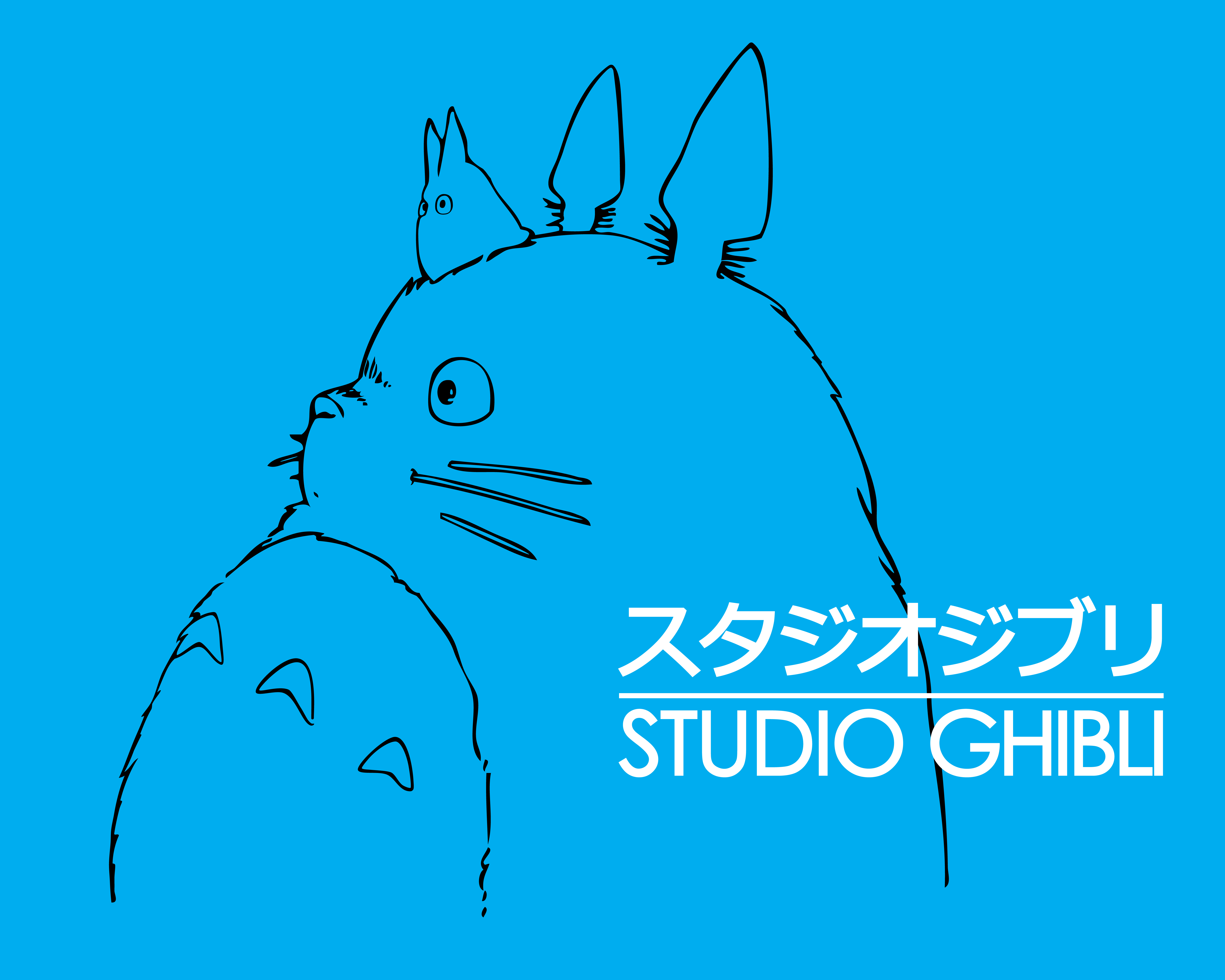So, I've decided I'll do a new feature for this blog: Throwback Thursdays! This is where I review an anime series that is at least ten years old and whether as a complete series it still works. This is a feature that I think will be less frequent than Movie Mondays, another upcoming project, as a movie is much easier to watch than an entire series comprised of episodes that can be up to a hundred long. However, today I'm going to begin with a simple anime series that is infamous for gore, nudity and a beautiful soundtrack.
Series: Elfen Lied
Year: 2004
Director: Mamoru Kanbe
Original Writer: Lynn Okamoto
Adapted Screenplay: Takao Yoshioka
Studio: Arms Corporation
Original Run: July 25th, 2004 - October 17th, 2004
Episodes: 13
Elfen Lied (meaning "Elf Song" in German) was first published as a manga back in 2002. It grew a large fan base and eventually Studio Arms decided to take the first half of the manga and adapt it into a 13-episode anime series. Studio Arms doesn't have the best reputation in the anime industry, with names in their roster such as Ikkitousen and Queen's Blade. It also doesn't help that when they were first set up, they were intended to only produce Adult OVAs. That's right, they were only going to make hentai! However, for all their massive faults, the two series that stand out from all the others in their collection are Elfen Lied and Brynhildr in the Darkness, although of the two, Elfen Lied has a less messy story and more memorable characters. So, let's get on with this!
The Story: 6/10
The story of Elfen Lied is one that is fascinating but is rushed out way too quickly. Lucy is a Diclonius, a being that looks human but has horns on its head and has telekinetically controlled arms that can manipulate and cut anything in their reach called "vectors". Because of her race, she has been kept for the majority of her life in a lab, where experimentation and imprisonment go hand-in-hand. At the beginning of the story, she escapes in one of the most violent opening sequences in any series I have ever seen. As she makes her way out of the compound, she is shot by a sniper and falls into the sea, washing up on a beach in Japan. There she is discovered by Kohta and his cousin Yuka. However, the shot to the head has made her forget everything: what she is, her past, even the ability to speak. She can only say "Nyu". Kohta and Yuka take her into their home, where for the rest of the series she is pursued by the military and other Diclonii. Whilst the plot is structured well and has a very solid opening, the overall presentation is quite messy. Lucy will suddenly come out of her Nyu shell at very convenient times and the rest if the story is a lot of repetitive melodrama, albeit interesting repetitive melodrama. The plot is constantly in danger throughout the series of completely breaking apart but just about holds itself until the end. The ending was also, I feel, quite rushed and just overall unsatisfying, as the ending does seem quite abrupt and sudden. However, the story is okay in my opinion. It could have been better executed but with an anime where tits are openly shown and there are shocking scenes of violence and murder, you know the main focus is not going to be the story.
The Characters: 7/10
Lucy/Nyu is one of the most iconic anime characters of all time. This is mainly to do with the anime's reputation for extreme violence, which bolsters the image of Lucy/Nyu. However, I really don't like the Nyu side of the character. She is basically brought down to fan service levels and is turned from complex character into a Pokémon. The rest of the characters are also not that complex or interesting. Kohta is a boring male protagonist, Yuka is your typical bitchy character with feelings for Kohta and the rest are just really not that memorable. The only two characters that really do stand out are Lucy and Kurama, the doctor in charge of the Diclonii facility. Kurama's back story is so sad and brilliant and Kurama himself first appears to be a terrible human being but the viewer comes to gradually understand why he does what he does. Lucy is also one of the most badass and simultaneously vulnerable anime characters I have seen. I think her breakdown at the end of the series is a fantastic representation of what being outcast can do to a person.
Animation & Sound: 8/10
This is where I think the anime overall really shines. The opening is beautiful. Notice I said beautiful and not fanatstic or terrific. The opening to Elfen Lied is BEAUTIFUL. It is a simplistic sequence: "Lilium" by Kumiko Noma is played whilst several still images are shown. The images were inspired by the works of Gustav Klimt and in particular a piece of his called "The Kiss". However, the simplistic artistry and the soundtrack make for one of the best openings I have ever seen. The animation throughout the series is also very well-done, although character design is a little too weird, with everyone having massive eyes other than the villains. The soundtrack is vibrant, the action scenes well-animated and the backgrounds really accurate to the setting of Kamakura. However, the English Dub is straight-up terrible, especially with Adam Conlon as Kohta. I really feel that Kira Vincent-Davis was trying as Lucy/Nyu but the rest of the cast is just bad. Try and watch it in the original Japanese if you can, because the script is also a lot better in Japanese.
Overall Enjoyment: 8/10
I like Elfen Lied, I really do, but it undeniably has problems in its story, a couple of its characters and its English Dub. However, Elfen Lied does have several high points in its animation, opening and soundtrack which I really feel can't be overlooked. Top that with an impressively well-known character from a studio that mostly makes hentai pornography and you have a relatively enjoyable series that can literally be viewed in an afternoon.
Final Verdict: 7.25/10
Elfen Lied is a good series to view, if not for you, then for your overall anime knowledge banks. The series is currently licensed by ADV Films in the U.S. and 101 Films in the U.K. Whatever you do, try and get the Complete Collection, which has four DVDs and comes with a nice case, artwork and a double-sided poster. For other recommendations, I point you in the direction of Higurashi no Naku Koro Ni, a horror anime in which different scenarios play out, and Future Diary, which also contains copious amounts of violence and a lot of dark humour. Between those two you should find something you will enjoy.

So, thanks for reading my review, until next time
Sayonara!






